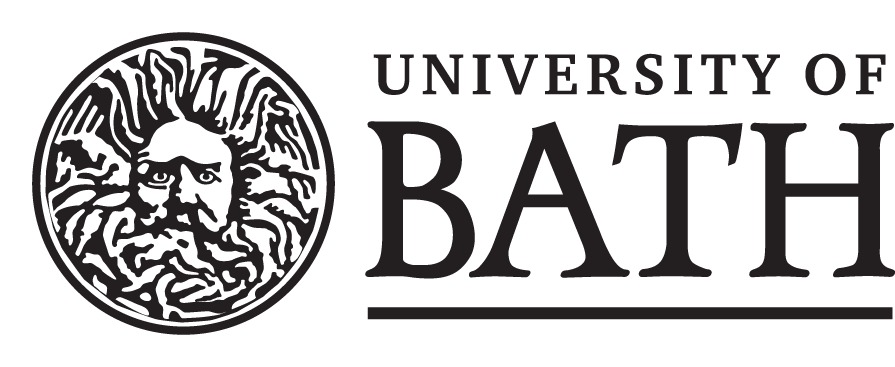UK HE Equipment Sharing Initiatives
In May 2011 the Research Councils introduced changes in how equipment is funded on grants. The changes were made in response to the Wakeham Review – which highlighted the need for increased efficiency in research funding – and in response to the reduction in capital budgets by 50 per cent across the Research Councils. The guidelines published by the Research Councils emphasised the need for a greater usage of existing capital assets.
To promote and facilitate this core requirement for equipment sharing both within and across institutions, the Research Councils mandated that the sector validates data sets of research equipment and facilities to enable the required procurement efficiencies as well promoting the sharing of equipment across institutions. The aim is to gain the best possible value from existing capital investments; avoiding needless duplication of equipment and responding to the Research Council’s priority of demonstrating steps to improve the utilisation of capital investments.
The Universities of Southampton, Leeds, Loughborough and Bath have been particularly active in various strands of activity linked to equipment and facility sharing establishing contact in March 2012 to share experiences, common approaches and expertise. The partnership of these universities provides access to 55 per cent of the Russell Group universities.
The University of Southampton has already undertaken a great deal of work with regards to creating an open data vocabulary. The University of Oxford and Southampton data projects have worked together to produce prototype patterns at http://openorg.ecs.soton.ac.uk/ to improve the inter-operability between our services, and to provide a template to new services. This allows users of open data structures to utilise this data in providing combined services. The same semantic web principles were applied in developing a database for the sharing of research equipment and facilities at the University of Southampton. These principles have subsequently been extended to the S5 Consortia Project, bringing together Oxford University, University of Cambridge, Imperial College and University College London.
The JISC-funded Kit Catalogue Project (Mar-Nov 2011) at Loughborough University delivered an open-source system available for any HEI to catalogue and share information about their research equipment. It has implemented the European Common Procurement Vocabulary (CPV) standard for the description of items in conjunction with free-form categories and free-text tagging. Like Southampton, Loughborough has also endeavoured to adopt the linked-data approach at the public-facing level. The aim is to help third parties with the use and re-use of the data, specifically when creating third party applications, or other information systems, where there is no existing interoperability. The Kit Catalogue system is already being implemented at Nottingham University amongst others, and the project team continues to be active in supporting many more institutions in their pilots of the system.
The University of Leeds has been working with its partners within the N8 consortium to develop and implement a common taxonomy to categorise medium- and large-scale research equipment and to implement a common core database schema for describing research equipment to facilitate cross-institutional searches of research equipment inventories. The taxonomy is a three-level hierarchy that is focussed on the end-user’s perspective of research equipment; it has been developed through extensive consultation with research discipline specialists. As with our partners, Leeds has been working on systems to make our research equipment inventory available on the internet; with the focus, however, of integrating directly with the corporate management information systems with Leeds and our N8 partners. A necessary component of the approach Leeds has adopted to exposing its equipment inventory has been the development of a web services API for querying the inventory database; like Southampton, Loughborough and Bath, Leeds hope to use this to enable third parties – including the N8 consortium – to construct applications that make use of the inventory data.
Finally, the University of Bath has integrated its existing >£10k asset register into Pure – A CERIF (Common European Research Information Format) compliant Current Research Information System produced by Atira A/S . The underlying CERIF data model allows the linking of equipment and facilities to other information, such as people, projects and publications, thus allowing impacts arising from sharing to be captured. Bath are actively engaging with the Pure UK user group comprising 19 HEIs and euroCRIS, the CERIF standards body.




